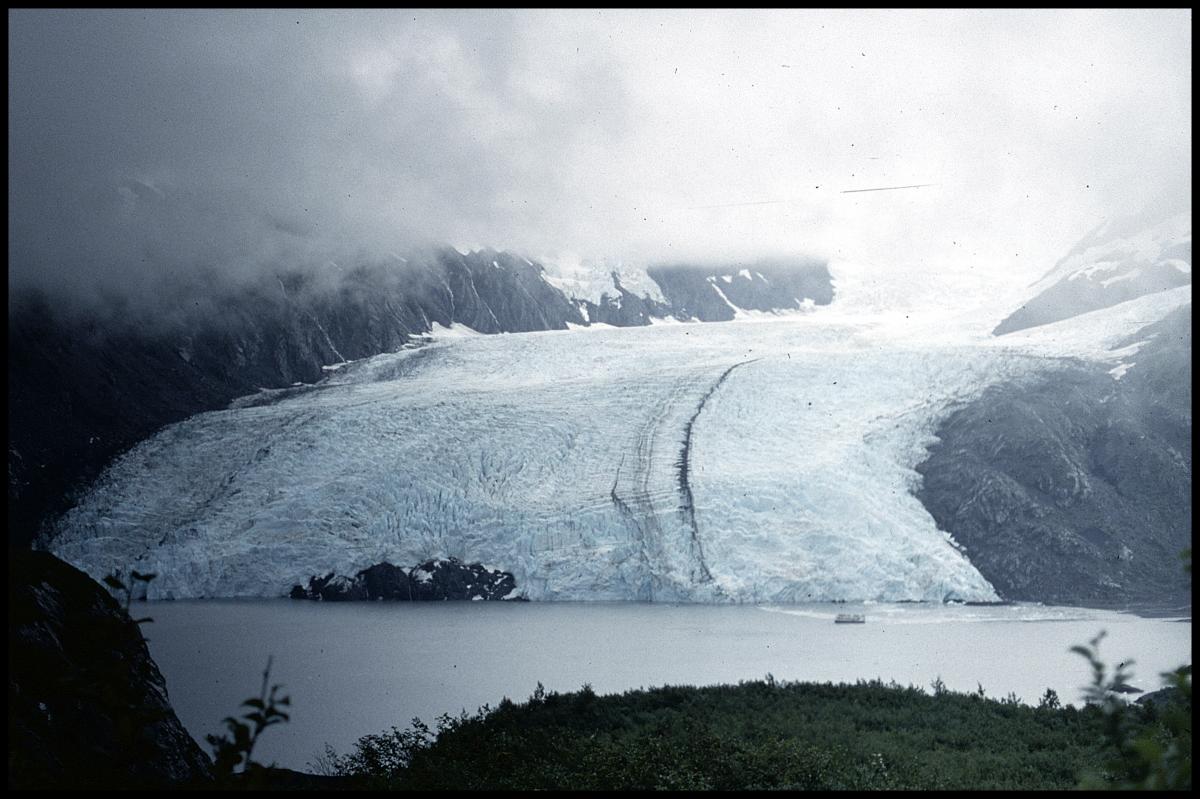
Glacier, southern Alaska near Anchorage
The Earth's climate has changed many times over the course of its history, ranging from very warm to very cold, wet to dry, and every combination in between. Likewise, regional and local climates have shifted in response to larger global changes in temperature and aridity (moisture levels). Scientists are able to track these changes and reconstruct past climates using information obtained from a variety of biological and geological sources. These sources, such as ice cores, lake sediments, fossil pollen or tree rings, are called climate proxies (or proxy records/proxy data), because they record physical responses to a specific climatic variable (e.g., temperature, aridity) over time, and scientists can use these data to estimate changes in those climatic variables for times when direct measurement wasn't possible.
It is important to understand past climates for a variety of reasons. By reconstructing the range of past climates, and studying how and why they changed, we can better understand, and prepare for, the climatic "surprises" that may lie ahead of us. Identifying the different factors that help to drive or affect climate change can also help us to better predict how climate may change in the near future and how human activities can affect these changes. For paleontologists, an accurate reconstruction of past climate change provides the context for understanding how specific species, such as Jefferson's Mammoth, reacted to potentially stressful, or even fatal, climatic conditions. In turn, this line of research can help scientists to predict how modern species, such as the African bush elephant, might react to future climatic changes.

